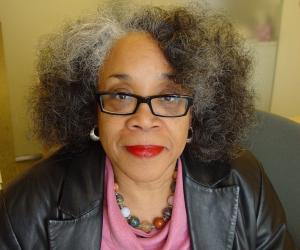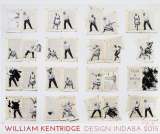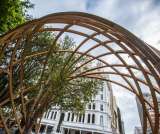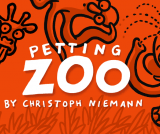Creatives in emerging economies are redefining the notion of design thinking and broadening the scope of what is possible through creativity, making it work for a better, more sustainable world. Expanding the meaning of the old adage that “necessity is the mother of invention”, designers in underdeveloped countries are increasingly using design to improve the lives of people, both socially and politically.
To share their thoughts on this, the 2011 Design Indaba Conference will welcome artist and architect Pedro Reyes, and fashion designer Carla Fenrandez from Mexico; product design collective Fibra Design Studio from Brazil; and The Global Africa Project curator Lowery Stokes Sims from New York.
University peers Bernardo Ferracioli, Pedro Themoteo, Bruno Temer and Thiago Maia from Brazil established Fibra in 2005. Believing that design is an ongoing process, this design studio works to facilitate the implementation of a sustainable economy that integrates local communities with cultural traditions.
Understanding the value of collective agency, Mexican artist Pedro Reyes’s work often incorporates community involvement at the intersection of design, film, architecture and pedagogy. His unconventional definition of sculpture allows him to develop innovative solutions to various social problems, such as “Shovels from Pistols” that encouraged the voluntary surrender of weapons, which were turned into spades.
Working in Mexican communities and beyond, Carla Fernandez’s fashion label Taller Flora is also a mobile design laboratory. Travelling throughout the country, the design laboratory visits community crafters that specialise in handmade textiles. Taller Flora’s business model is an admirable example of the benefits of tapping into a fair trade network and respecting the environmental policies that encourage sustainable practices in the fashion industry.
Meanwhile, New York-based Sims’s latest exhibition, The Global Africa Project, moves beyond mere objects and design systems, to look at the whole. The exhibition calls for the celebration and recognition of African creativity on a global scale, showing what the world can learn from Africa. It also interrogates the meaning of African art and design, vying for its rightful place in contemporary design collections.























